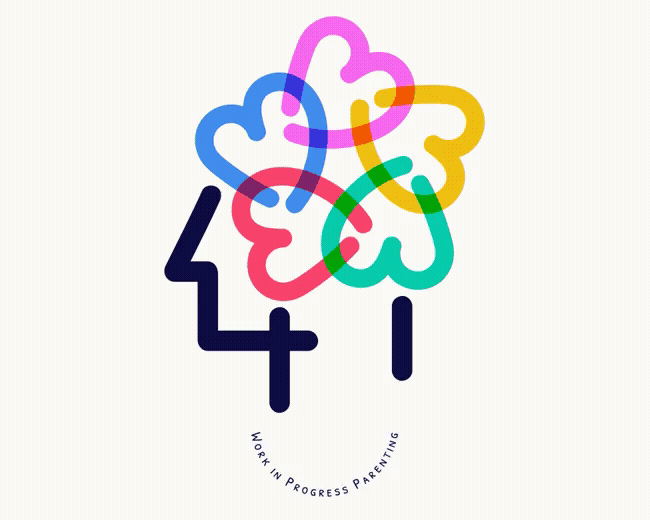The Power of Repair: The neuroscience behind saying “I’m sorry”
As parents, we’re hopelessly striving to get it all ‘right’.
The truth is - we won’t.
The other truth is - that is not failure.
This is actually the foundation for one of the most powerful and world-changing tools we have as parents: repair.
And neuroscience shows it’s more powerful than perfection.
What is repair?
Repair is the moment after the rupture - when you know you messed up. Like when you:
Snap at your child’s tantrum because it seems so irrational
Ignore their tears because you’re overwhelmed
Yell ‘because I said so’ when you just couldn’t take one more question
…Then you calm down, come back, look them in the eye, and say something like:
‘I’m sorry. I got upset. You didn’t deserve that. I want to try again.’
For some parents, this will come very naturally, while it might bring up resistance in others. Many parents worry that apologising is weak or bad leadership, when in actuality, it is the opposite. Let’s look at the science behind the power of apology.
Why Repair Works
(The Science)
There are several reasons repair is a powerful tool, for both us and our children. It’s not simply a ‘parenting approach’ or ethos, but a communication tool that is backed by science.
It Rewires the Nervous System
When a rupture happens (you yell, withdraw, lose your cool), your child’s amygdala (the fight or flight centre in the brain) activates. Their stress response spikes, and cortisol floods their system.
But when you repair, you activate their ventral vagal system—the part of the brain that says, “I’m safe. I’m loved.” This dials down the amygdala and stress response, wiring your kids’ brains for nervous system regulation, even after an upset.
Secure attachment isn’t built in perfect moments. It’s built in the repaired ones.
2. It Teaches Emotional Regulation
Through the process of consistent repair with you, your child learns that ‘big’ feelings don’t end relationships. They can be felt, expressed imperfectly, and taken responsibility for. When repair is approached respectfully and intentionally, mistakes can be fixed and forgiven, and relationships can grow stronger because of them.
3. It models accountability
You are modelling the process of acting, reflecting, and taking responsibility for your children. When we do this sincerely, we don’t need to urge our children to apologise to others or chastise them for not meaning it when they say it. It will become their natural impulse. They will have built the skill by watching you, and you will see it reflected back in inspiring ways.
4. It’s healing for you too
Most of us didn’t experience repair with a parent as kids.
When you offer it now, you’re not just parenting—you’re also reparenting yourself.
That ‘I’m sorry’ is a message to your younger self: ‘You deserved this too.'
3 Simple Steps to Repair
Step 1: Name It
‘I yelled because I felt overwhelmed. That wasn’t okay.’
This validates their experience and models emotional honesty.
Step 2: Own It
‘I’m sorry. I want to do better.’
No excuses, no ‘but you made me…’. As difficult as it may be not to qualify our actions, this will undermine our attempt for repair and true accountaibility.
Step 3: Reconnect
‘Can we try again?’
Reconnection through a hug, laughter, play, or a shared activity then helps rebuild the bond and solidify the heightened sense of trust and security.
the 30-70 rule : You don’t need to be perfect
Attachment science and developmental psychology has shown that secure attachment in parent-child relationships isn't built through constant "perfect" harmony but through a realistic mix of attunement (moments of emotional connection and responsiveness) and mismatch (inevitable disruptions), which are followed by repair.
Studies show that caregivers only need to be attuned about 30% of the time, while the remaining 70% involves natural mismatches that, when repaired , foster resilience, emotional regulation, and trust. In other words, you only need to ‘get it right’ 30% of the time. The other 70% is where repair lives. And repair turns that 70% into connection.
Pretty cool, huh?






